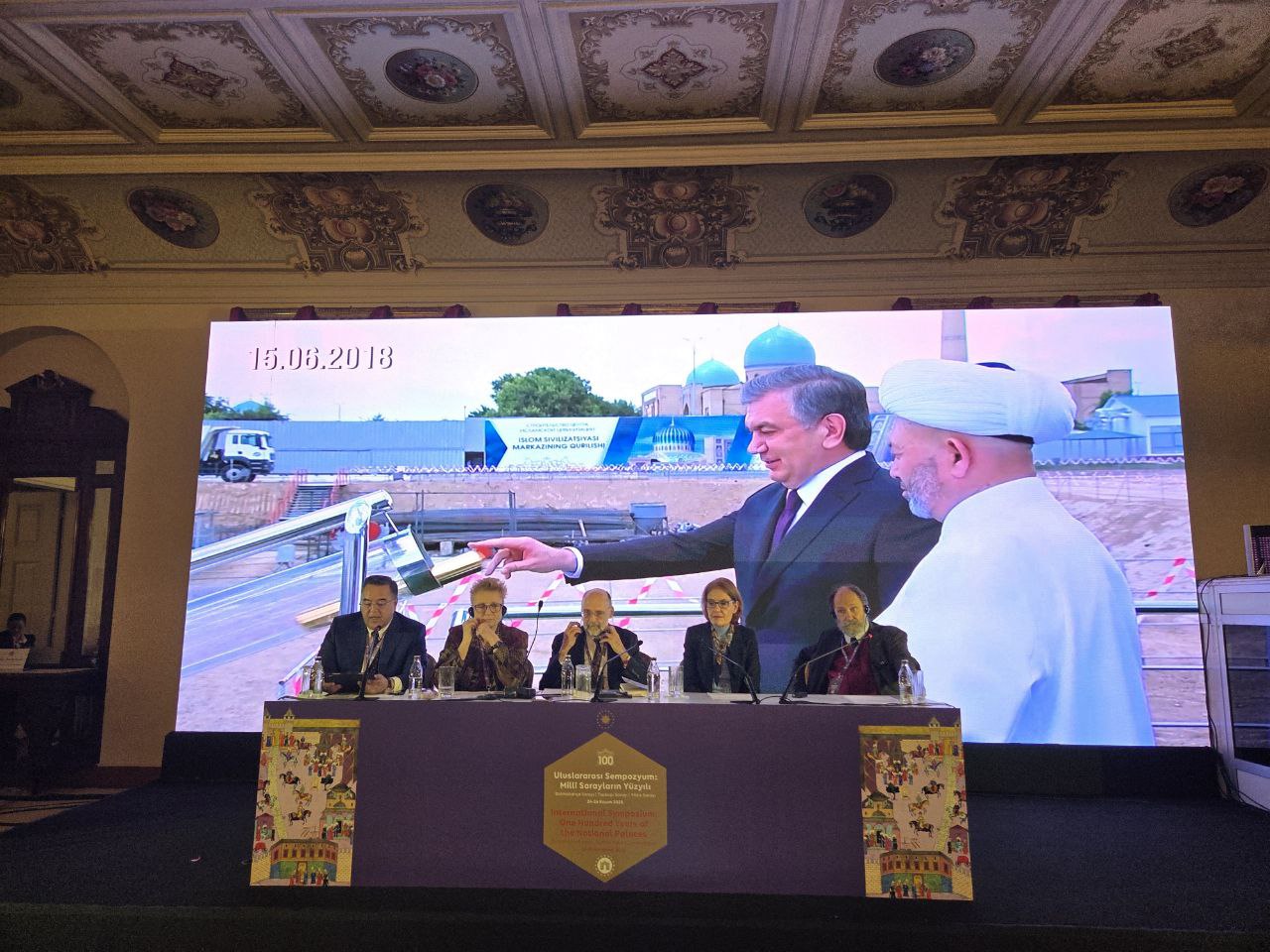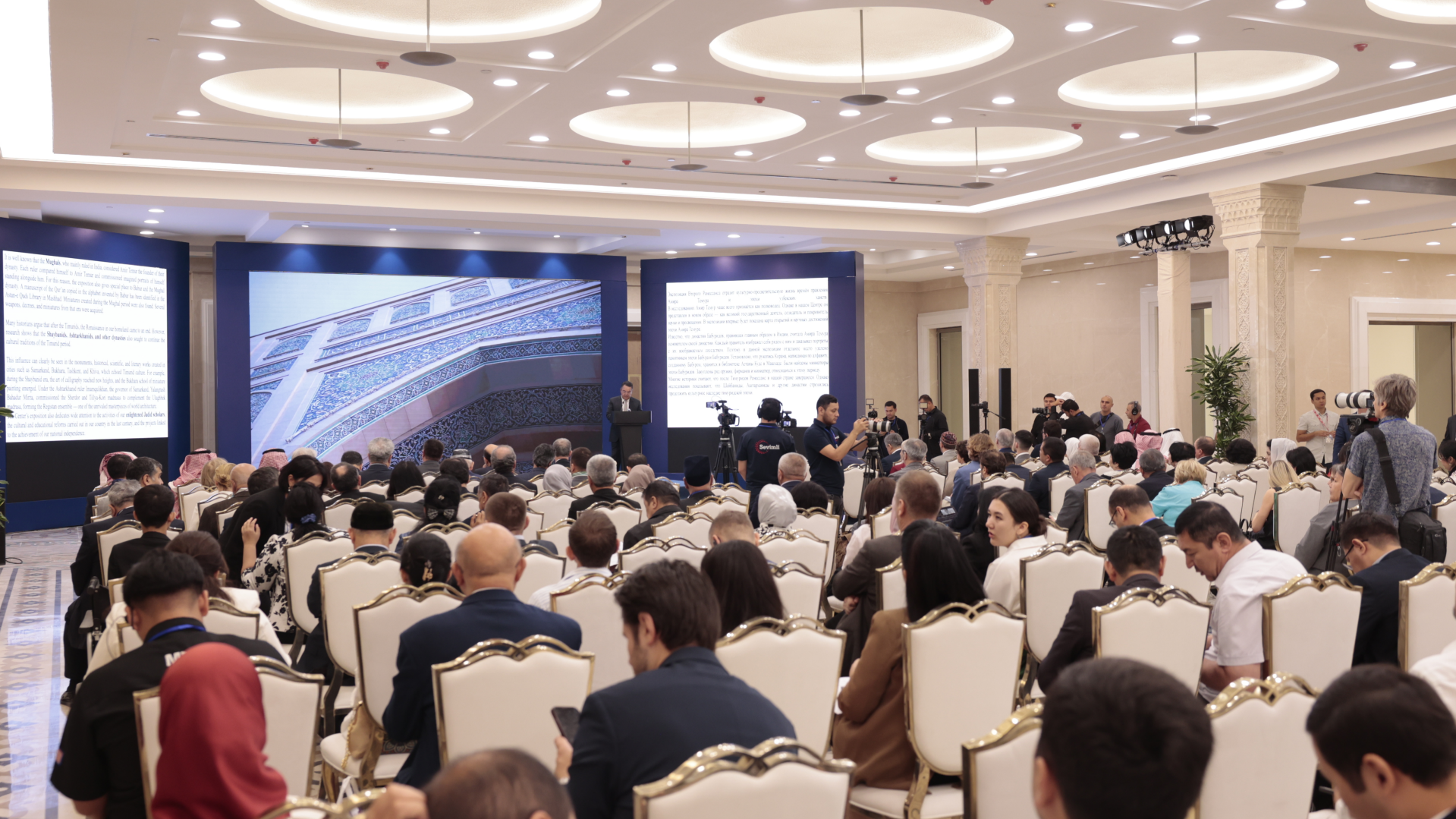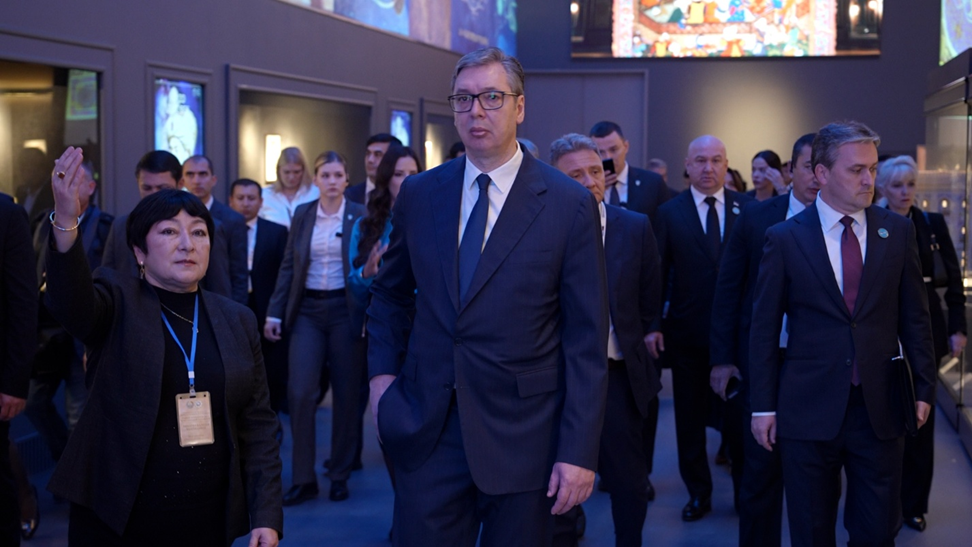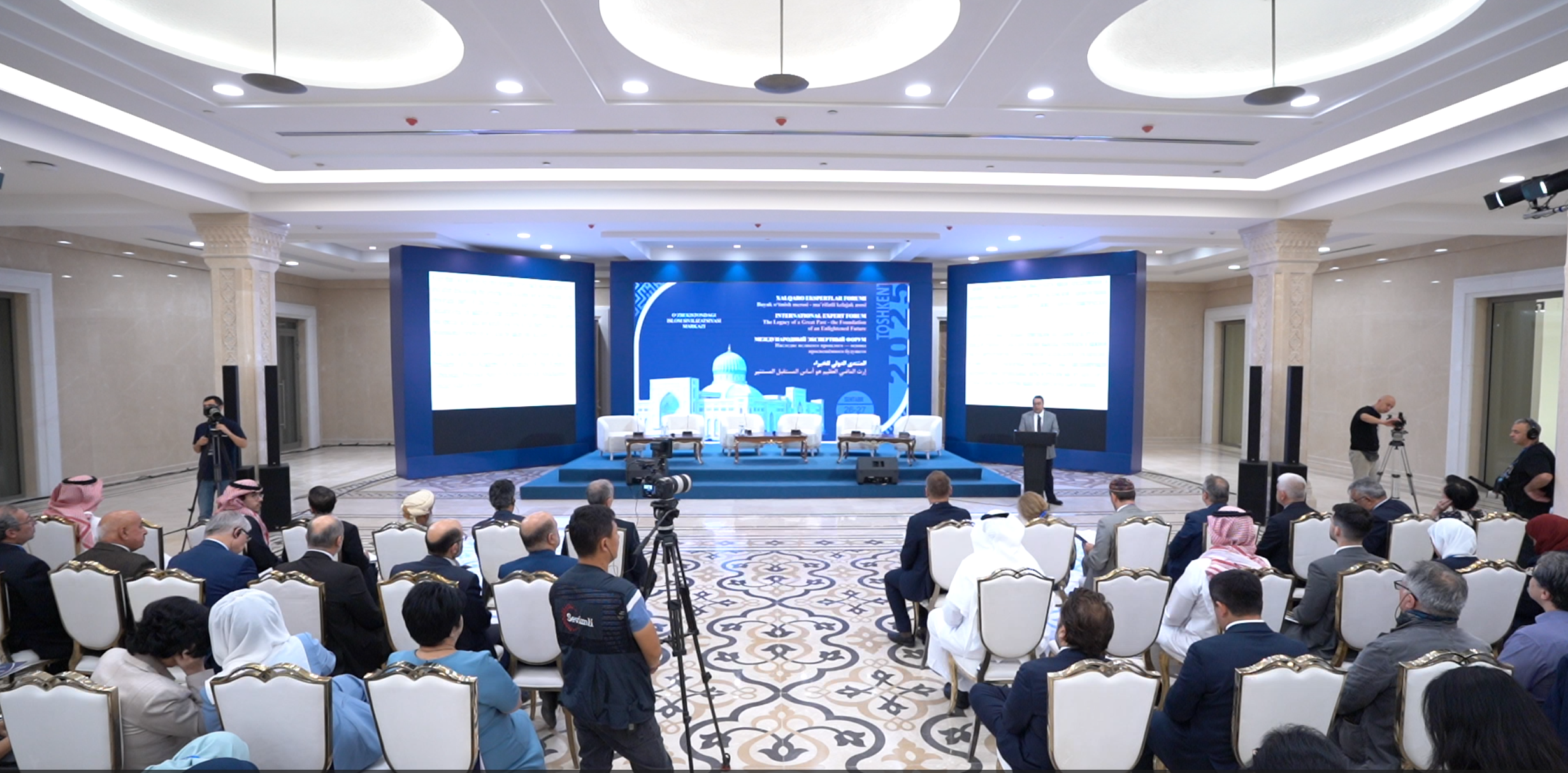A presentation of the Islamic Civilization Center in Uzbekistan was held in Türkiye


Within the framework of an international symposium dedicated to the 100th anniversary of Türkiye’s National Palaces Administration, held in Istanbul, the activities of one of the largest cultural and educational projects in the region the Islamic Civilization Center in Uzbekistan were presented.
The symposium brought together more than 50 presenters and nearly 300 participants from 37 countries. The event became a major international platform for discussing modern approaches to museum work and the preservation of cultural heritage. As is known, in 1925, at the initiative of Mustafa Kemal Atatürk, the palaces of the Ottoman Empire Topkapi, Dolmabahçe, Yıldız, and other historical residences were transferred to state ownership, which laid the foundation for the establishment of Türkiye’s National Palaces Administration.
Presentation of Uzbekistan: an innovative museum of a new generation
Representing Uzbekistan at the symposium was Firdavs Abdukhalikov, Director of the Islamic Civilization Center in Uzbekistan and Chairman of the World Society for the Study, Preservation and Popularization of the Cultural Legacy of Uzbekistan. In his presentation, he spoke about the Center’s mission, the concept of its museum exhibitions, and the international scientific research being carried out within the framework of the major authorial and educational project of the President of the Republic of Uzbekistan, Shavkat Mirziyoyev.

He emphasized that the Islamic Civilization Center in Uzbekistan is being developed as an advanced global scientific, educational, and cultural platform. One of the Center’s main tasks is to convey to the international community the true humanistic essence of Islam that it is a religion of goodness, tolerance, peace, and enlightenment. Another key direction of the Center’s activity is to расскажение the immense contribution of great ancestors who lived on the territory of Uzbekistan to the development of world civilization, as well as studying and promoting the country’s rich cultural heritage.
The concept of the Center’s exhibition is based on a new model history is presented not through objects, but through the images of historical figures who influenced the development of science and civilization. The exhibitions are formed according to the most advanced international standards, enriched with innovative projects, and created in cooperation with leading specialists from Uzbekistan and abroad. Artificial intelligence is widely used in the museum to create digital images of great ancestors.
International research and the return of cultural heritage
In recent years, research has been conducted in Türkiye, the United Kingdom, Italy, Saudi Arabia, Kuwait, Russia, France, Spain, Germany, and more than 20 other countries. Delegations of the Center actively participated in these studies as part of a special commission established by presidential instruction.
As a result of these large-scale efforts, nearly two thousand artifacts were returned to Uzbekistan, and the repatriation process is ongoing. In addition to works of art and manuscripts purchased through auctions and special galleries, invaluable artifacts were donated to the Center by the WOSCU organization and other international partners.

Innovative museum exhibitions of the 21st century
Approximately 1,500 scientists, researchers, and museum specialists from different countries took part in developing the scientific concept of the Center. The museum spaces are designed as a universal educational ecosystem and equipped with the most advanced digital technologies:
▪️ nearly 200 interactive touch panels have been installed,
▪️ digital avatars of great scholars have been created using artificial intelligence,
▪️ multimedia platforms have been introduced that allow young people to “communicate” with historical figures,
▪️ an electronic knowledge base about great ancestors has been created, accessible to every visitor.
Special educational zones have been organized for young people, modern library spaces for readers, and interactive developmental areas for children.
Currently, work is underway on creating special audio programs in three directions:
- for foreign visitors and the general public,
- for young people focused on interactive and digital education,
- for scholars, experts, and researchers with access to archives, scientific databases, and research infrastructure.
In September, a large Expert Forum was held with the participation of more than 120 specialists from 25 countries. International experts highly appreciated the scientific level of the Center, the depth of its exhibitions, and the new approach to presenting Islamic heritage.
According to their assessment, the Islamic Civilization Center in Uzbekistan is one of the most modern new-generation museums in the world, where the classical museum school is harmoniously combined with advanced interactive technologies. All elements of a modern museum ecosystem digital solutions, educational platforms, library spaces, children’s zones, and systems that deeply раскрывают the content of each exhibition have been fully integrated. This multi-level model has been recognized as an advanced international standard and is being recommended to museums in various countries.


At the symposium, a video about the Center’s activities was shown, generating great interest among the participants. At the end of the presentation, Firdaus Abdukholiqov presented a short film created for the Center within the framework of an international multimedia project, featuring Hollywood star Ben Kingsley.
Most read

Over 100 experts from more than 20 countries of the world are in Tashkent!

President of Serbia Aleksandar Vučić visited the Islamic Civilization Center in Uzbekistan

The Center for Islamic Civilization – a global platform leading towards enlightenment











